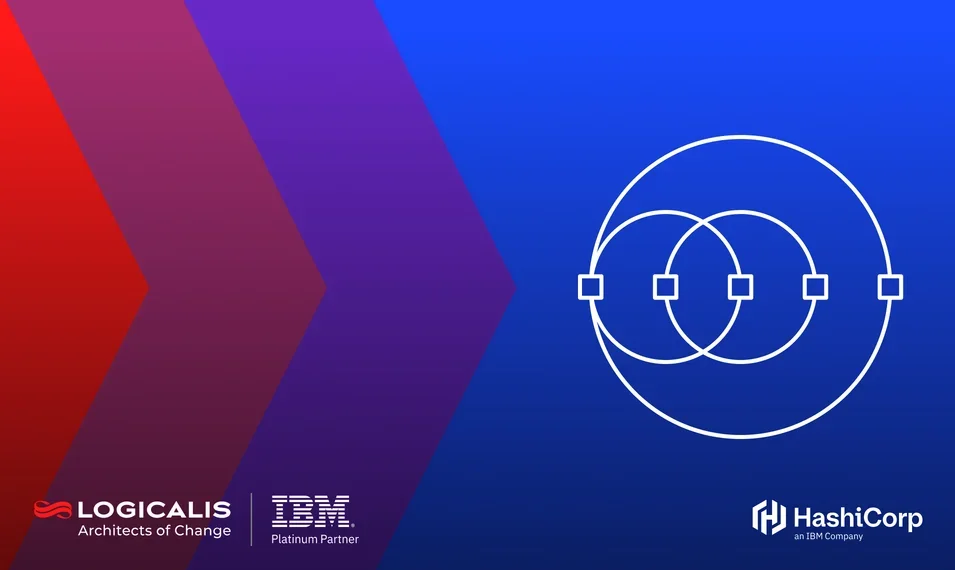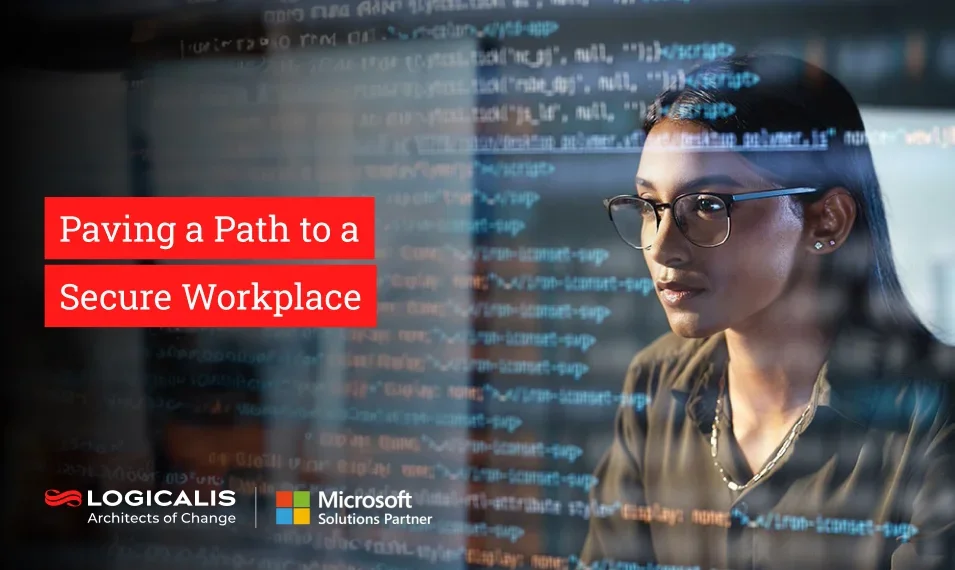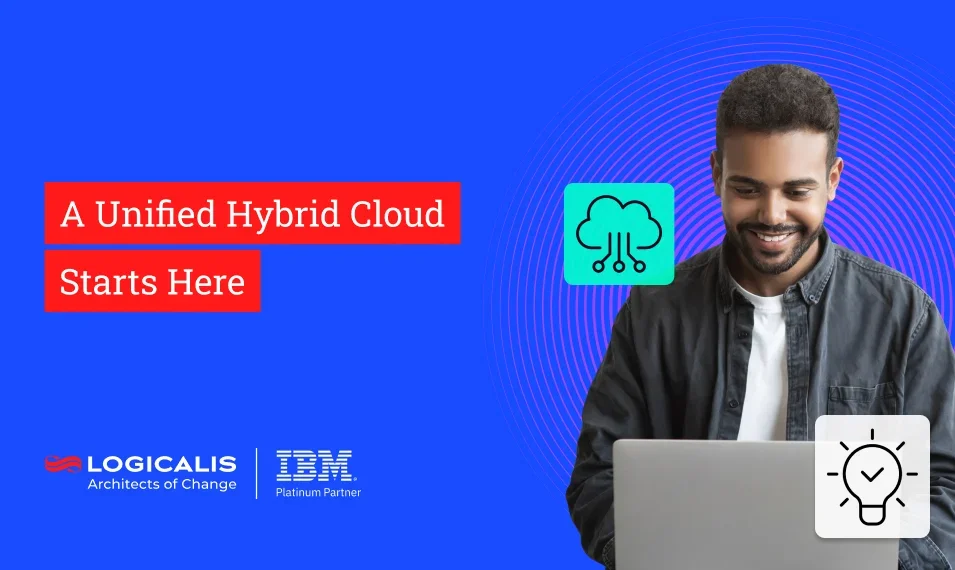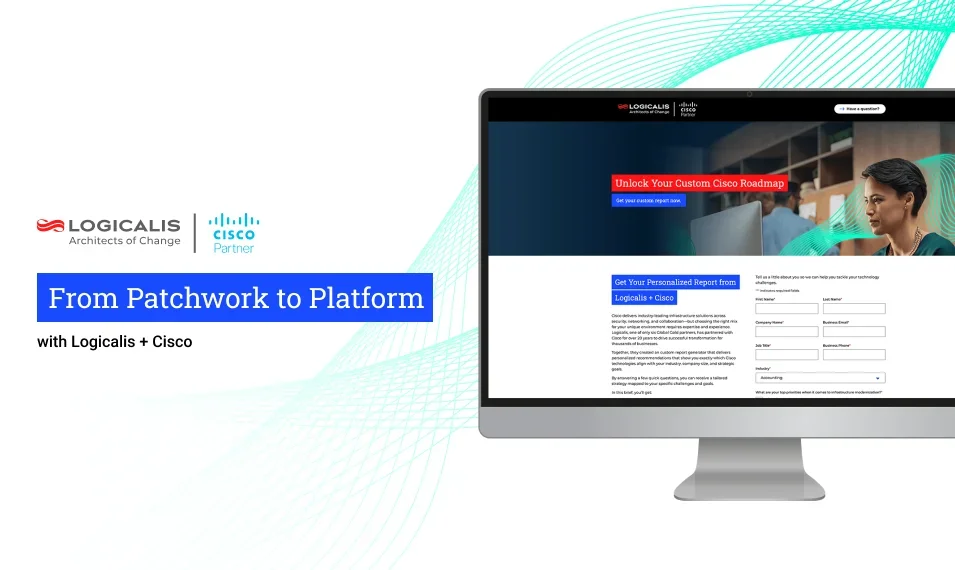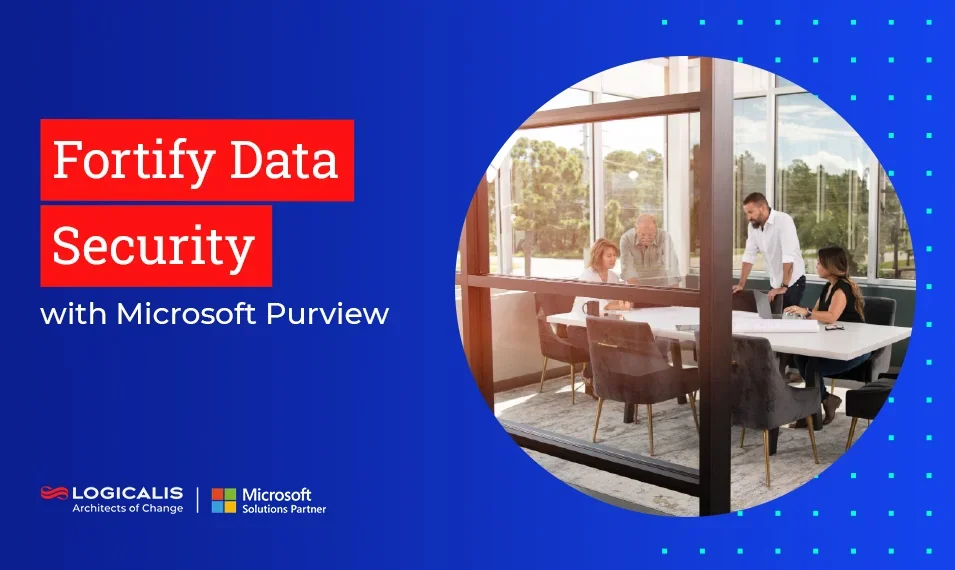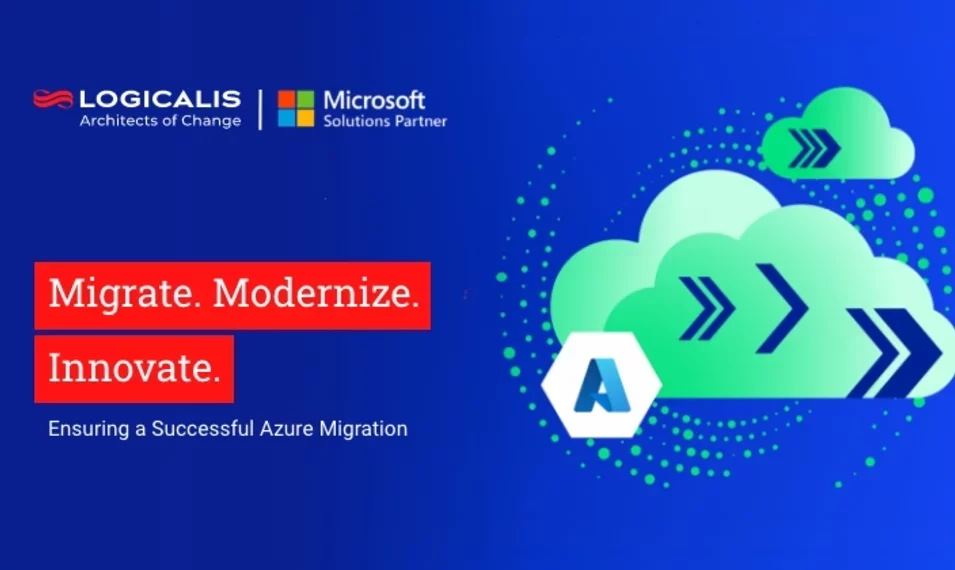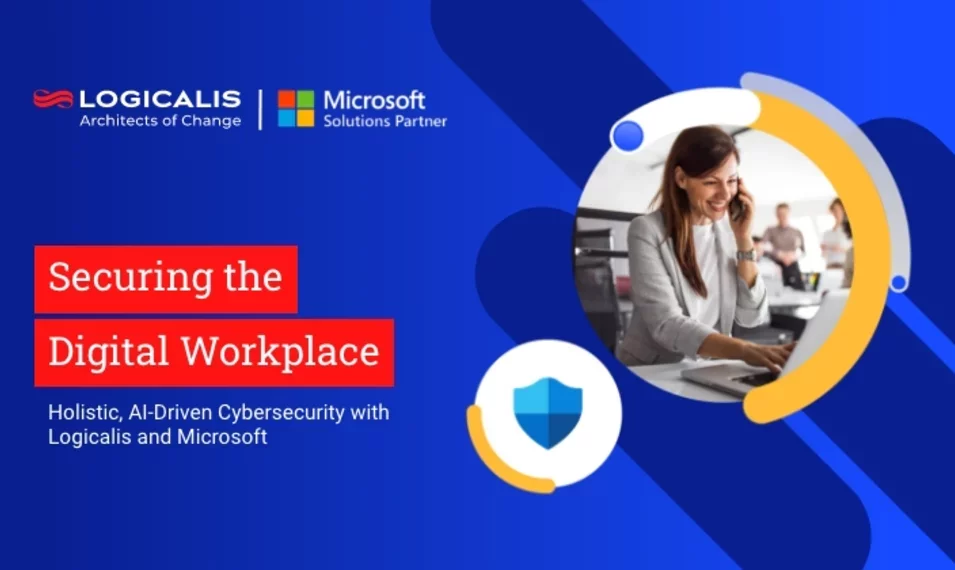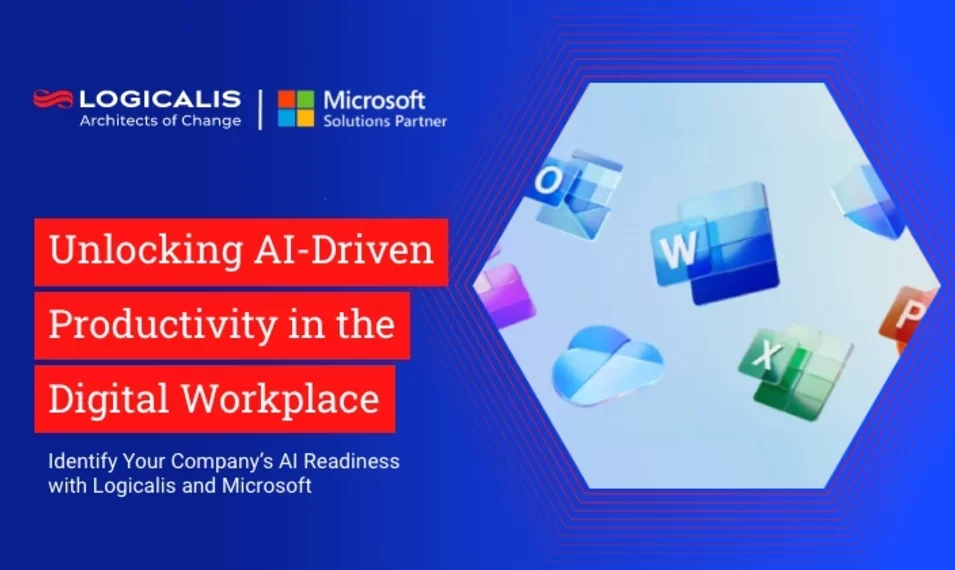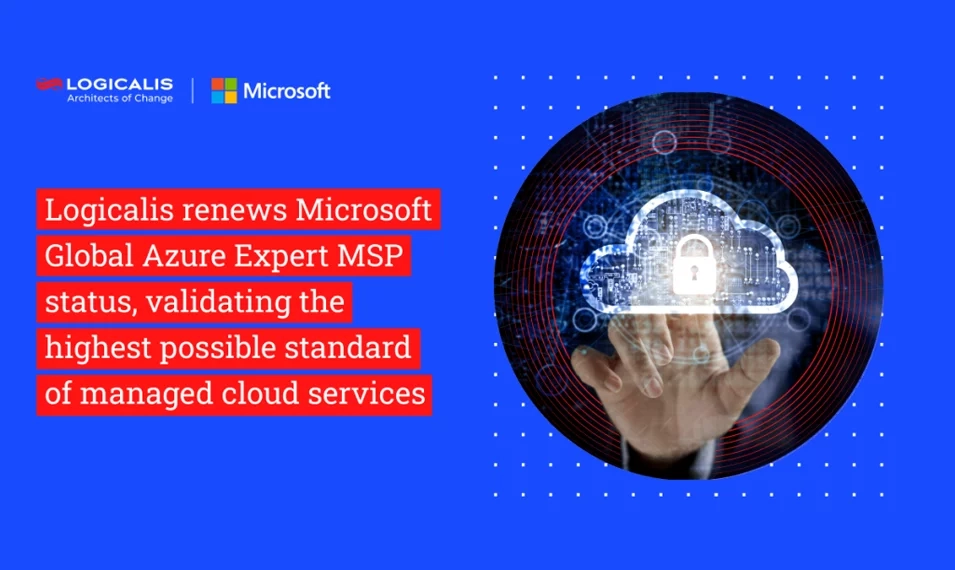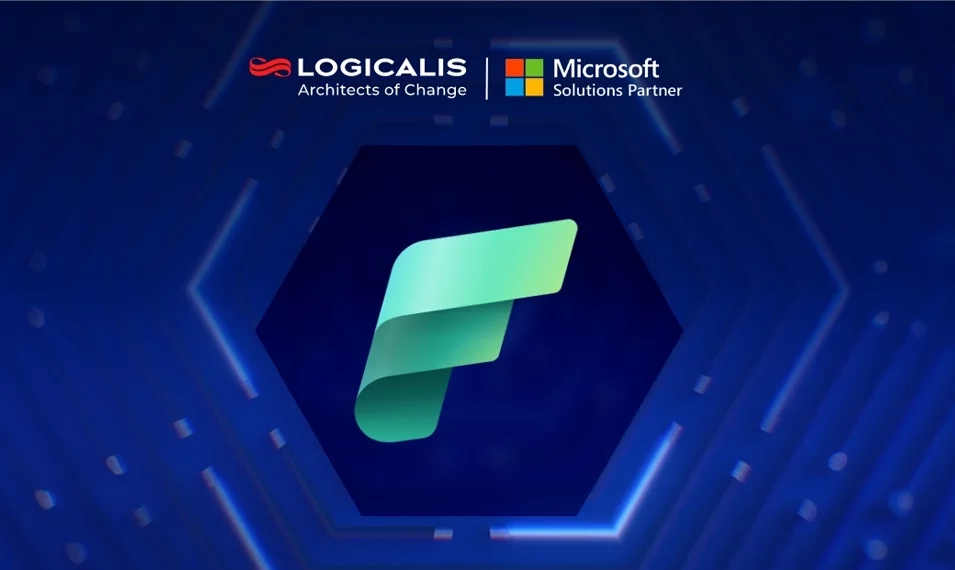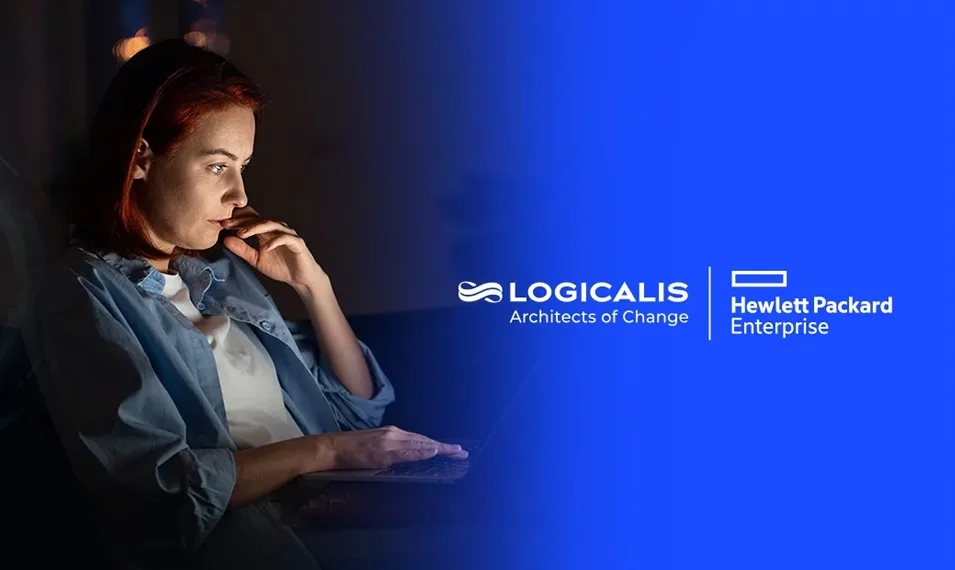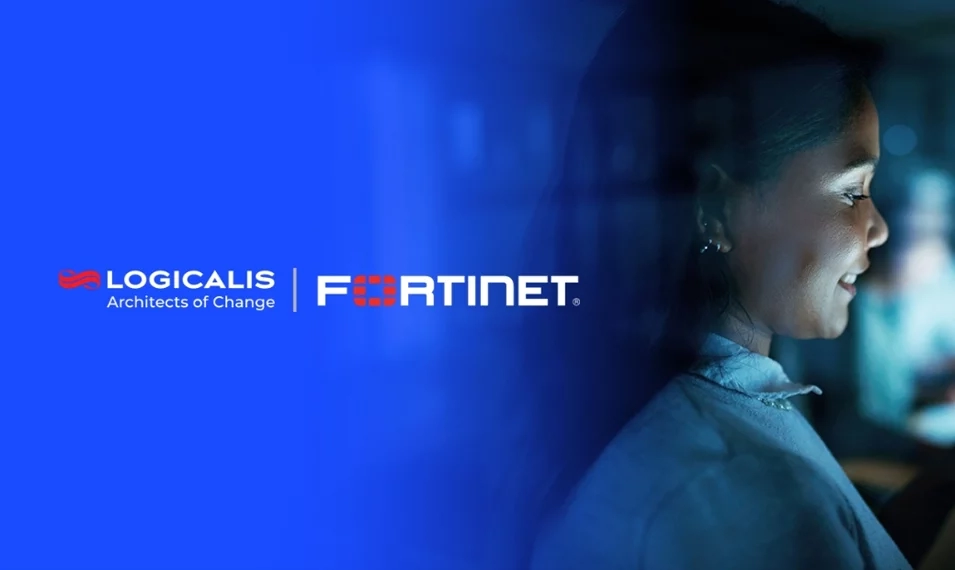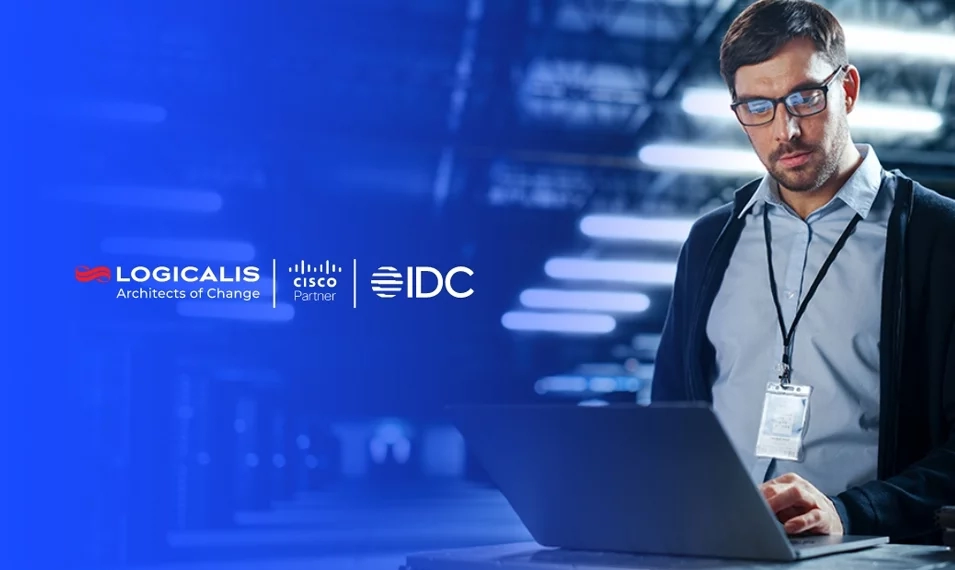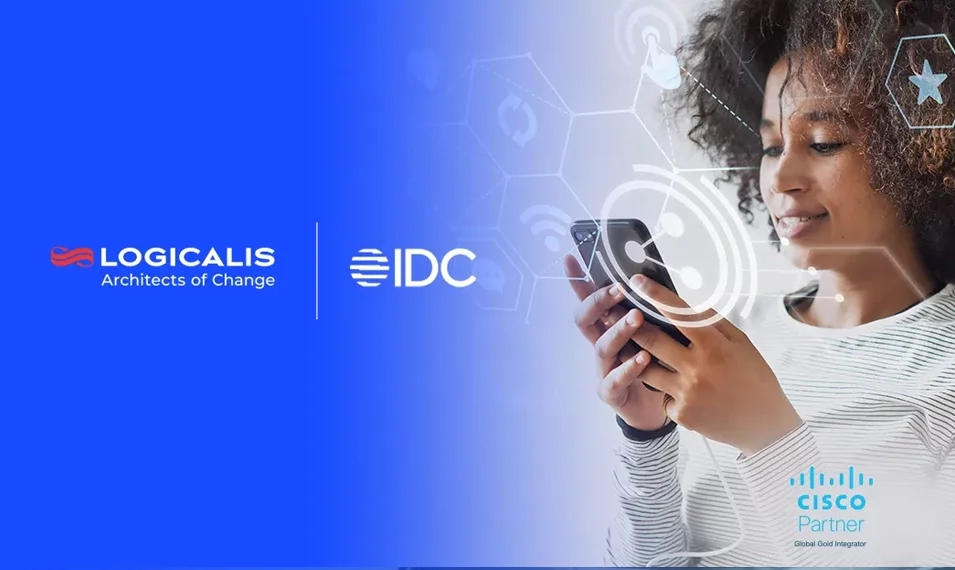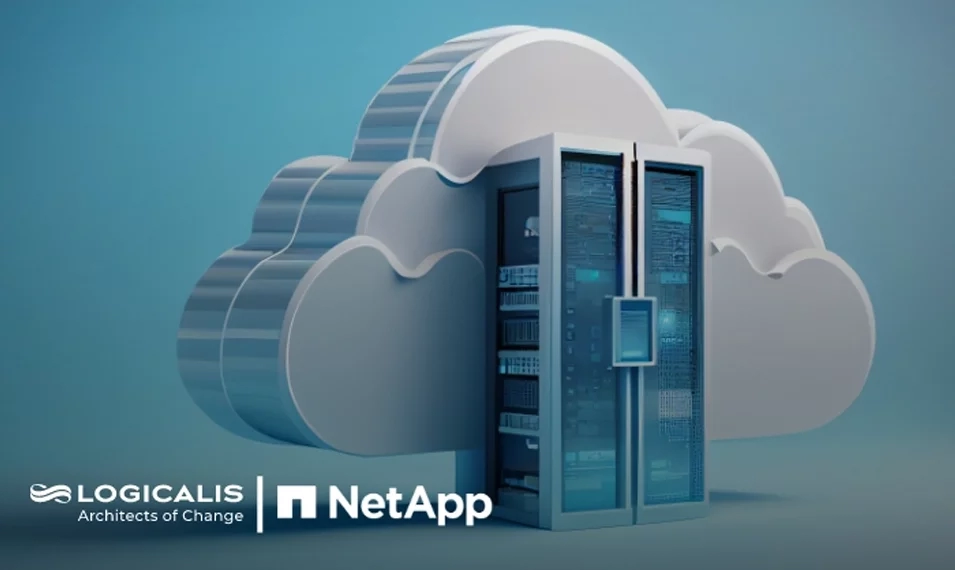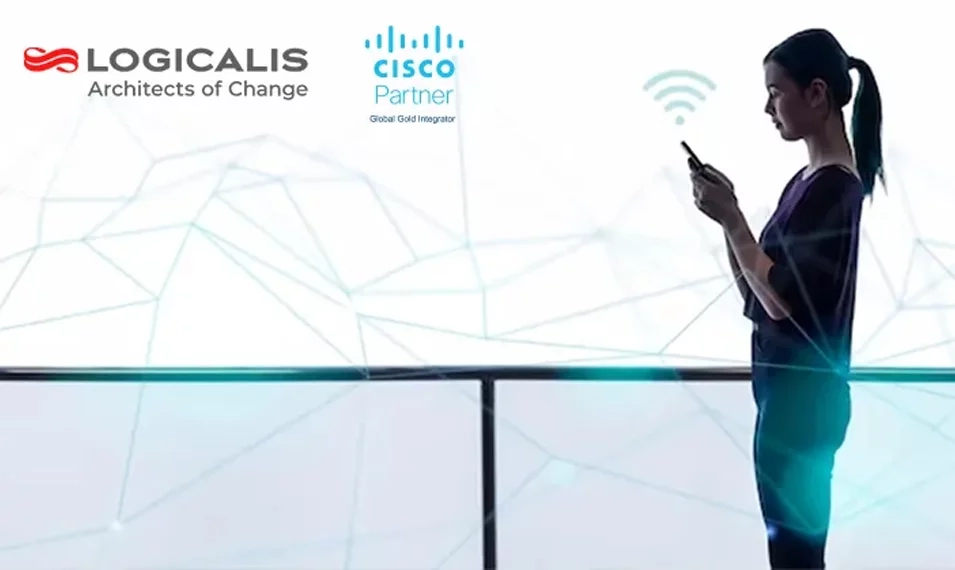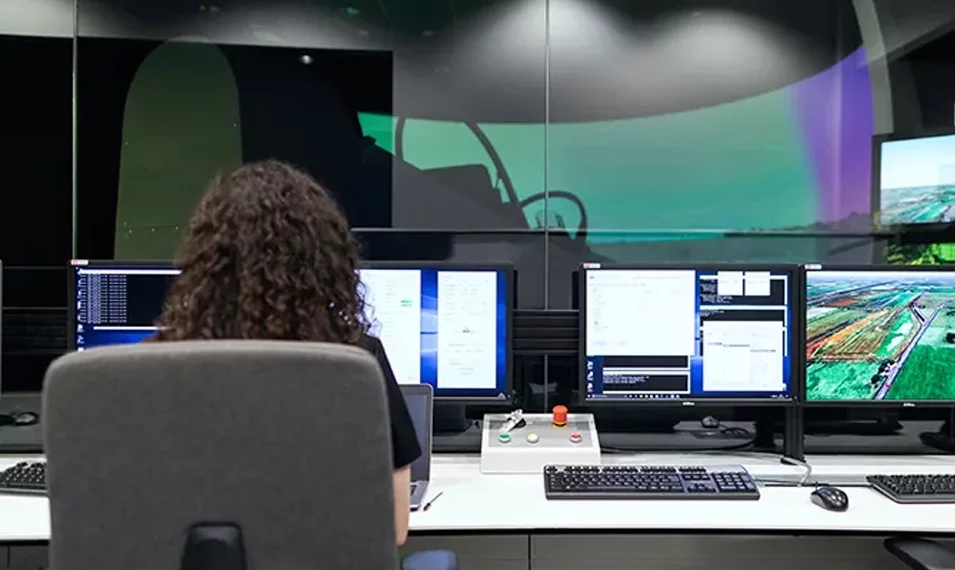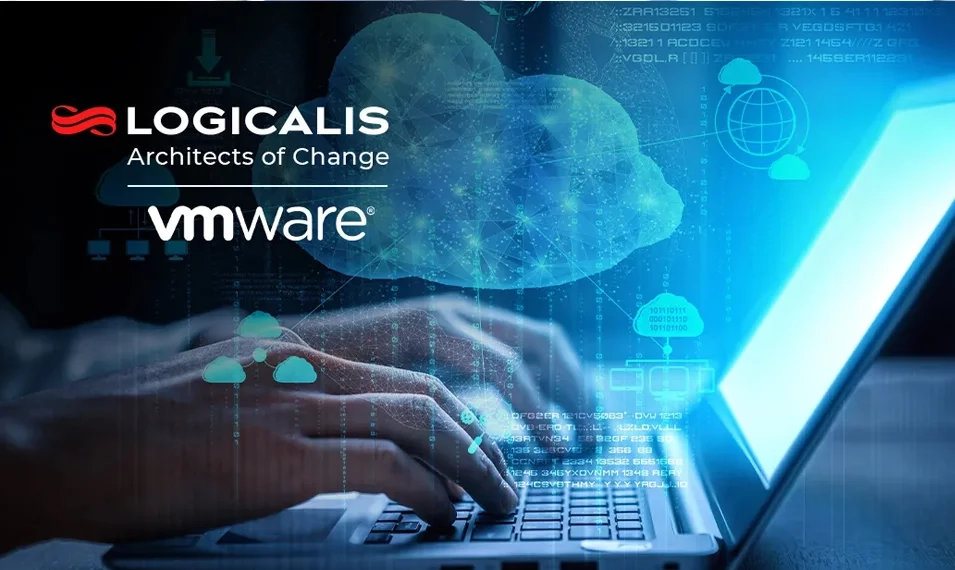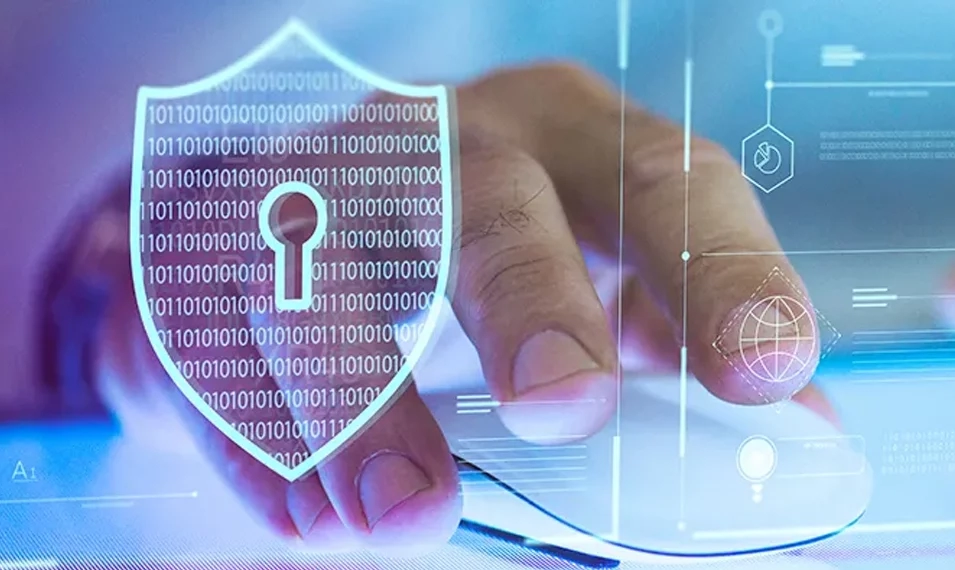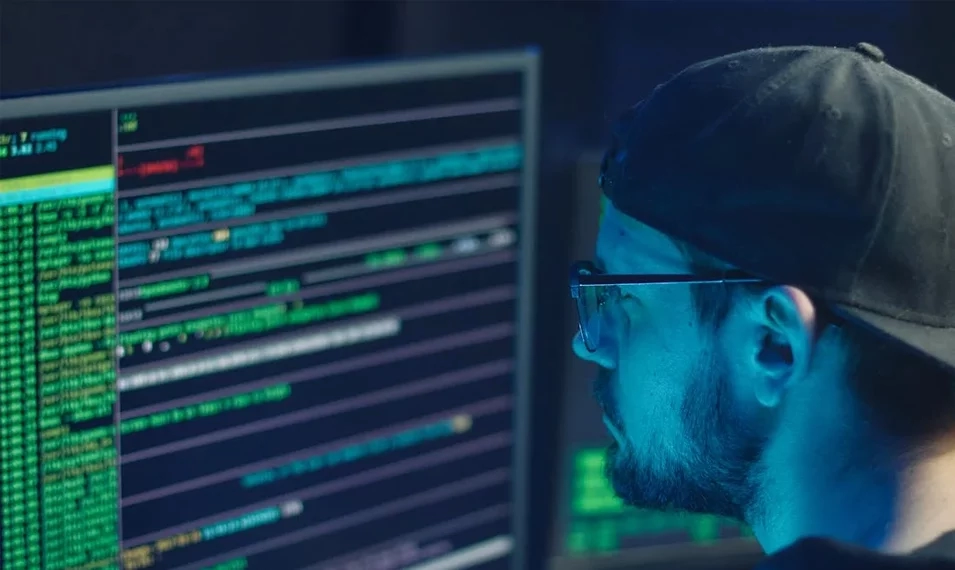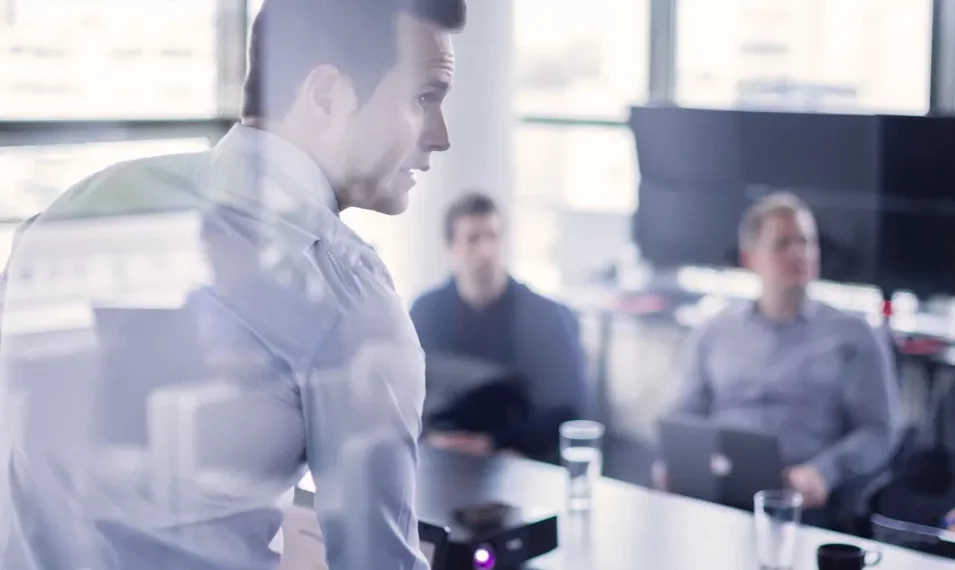
USA, Jul 15, 2021
The nation’s 911 emergency response service was established in 1999 as part of the Wireless Communications and Public Safety Act. A provision of the Act established 911 as the universal emergency number for the country. Enhanced 911 (E911) resolved to improve the effectiveness and reliability of wireless 911 services by providing dispatchers with additional location-based information.
The FCC recently expanded the effectiveness of E911 services through the passage of Kari’s Law and RAY BAUM’s Act.
- Kari’s Law requires office buildings, hotels, campuses and any business that uses multi-line telephone systems (MLTS) to enable 911 calls without first having to dial a prefix, such as 9 (for example, 9-911). RedSky describes it as the “Domino’s” rule: if you can call for pizza, you need to be able to call 911.
- RAY BAUM’S Act ensures that calling systems enable “dispatchable location” information—what they refer to as information “necessary to locate the caller adequately”—so that first responders can more quickly find the caller in an emergency.
What does this mean for IT teams?
What IT teams need to know about Kari’s Law and RAY BAUM’s Act
Simply put, Kari’s Law says that IT teams must verify that their communication systems are configured for direct dialing 911. In addition, when a 911 call is made, someone in your organization—the facilities/HR manager, front desk, security office, etc.—must be notified of the call and the location of the phone from which the call has been made.
Kari’s Law provisions apply to any enterprise calling and communications systems that are manufactured, sold or altered in any way after February 16, 2020.
RAY BAUM’S Act adds “dispatchable location” information to help speed emergency response time. According to the FCC, the new rule applies to “911 calls from MLTS, as well as with 911 calls from fixed telephony, interconnected Voice over Internet Protocol (VoIP) services, Internet-based Telecommunications Relay Services (TRS), and mobile text service.”
“Fixed telephony” refers to traditional calling devices such as desktop phones, conference room phones, phones for contact center agents, etc., while interconnected VoIP services typically include both inbound/outbound contact centers. The provision went into effect on January 6, 2021.
For these devices, IT teams would need to minimally update physical devices with a dispatchable location—or audit them to ensure locations have been correctly provisioned—a time-consuming task for large or global organizations with thousands of users.
There’s also a provision for “on-premises, non-fixed devices and off-premises devices”—otherwise known as “softphones” (ie, Microsoft Teams, Cisco Webex Application, Cisco Jabber and other softphone clients)—that goes into effect on January 6, 2022, as Phase II of RAY BAUM’S Act.
Remote and mobile employees (that is, those working from a coffee shop or traveling through an airport) add even more complexity to the compliance issue.
The deadly consequences of E911 non-compliance
The consequences of non-compliance can be deadly. In the case of Kari’s Law, the woman for whom the law was named was murdered in her hotel room by her estranged husband, while her young daughter frantically tried to dial 911. She did not know that she had to dial 9 for an outside line first.
In the case of RAY BAUM’s Act, imagine an employee calling 911 because they’re in cardiac distress but, in their terror, they cannot sufficiently describe their location within a multistory office building to 911 dispatchers.
In both cases, enabling first responders to quickly get to the scene and start life-saving measures is time critical. We recommend discussing both laws with your organization’s legal team.
Get legal involved for E911 compliance guidance
Because the consequences of E911 non-compliance can be tragic, it’s important to be precise. For example, some of the regulatory language is vague, making it difficult to determine what’s exactly required for compliance. For example, the RAY BAUM’s Act defines “dispatchable location” as information “necessary to locate the caller adequately.”
What exactly does this mean? Street address? Building number and floor level? Suite or room number? Dismissing the rule because the language is vague is not a reason to ignore the law.
In addition, while the federal government established 911 as the nationwide universal emergency number, the FCC has largely left E911 regulation up to the states. As a result, almost half of states have implemented a patchwork of 911 legislation that must also be considered.
Company leaders should consult their legal teams for guidance on definitions for “dispatchable location” and any relevant state regulations before deciding what’s needed to update your calling and communications systems.
Logicalis: Your expert enterprise communications and E911 partner
As Architects of Change™, Logicalis can help you respond when laws change and you need to comply. We are one of five Cisco Global Gold partners, a Microsoft Gold Partner and a Microsoft Azure Expert Managed Services Provider. Our highly certified networking and collaboration engineers and professionals can help update your system, based on the compliance guidance you receive from your organization’s legal team.
Regardless of the calling and collaboration system you use, Logicalis stands ready with professional services to help you audit and update your systems and bring them into E911 compliance.
For those with Cisco Collaboration Flex Plans/Enterprise Agreements:
- Cisco Emergency Responder (CER) works with Cisco Unified Communications Manager (UCM) and Cisco UCM Cloud to ensure that emergency calls are sent to the appropriate Public Safety Answering Point (PSAP) with a caller’s location and that the PSAP can identify the caller’s location. It will also enable the PSAP to return a dropped call, if necessary, and alert your designee to an emergency call in progress as well as the caller’s location.
- Additional products and/or services, such as RedSky, may be needed to ensure compliance for remote and mobile workers using Cisco Webex Calling.
For those with Microsoft Teams Calling:
- We can integrate RedSky to help with E911 compliance.
For more information or to get started, reach out to your Logicalis account team or contact us for more information.

